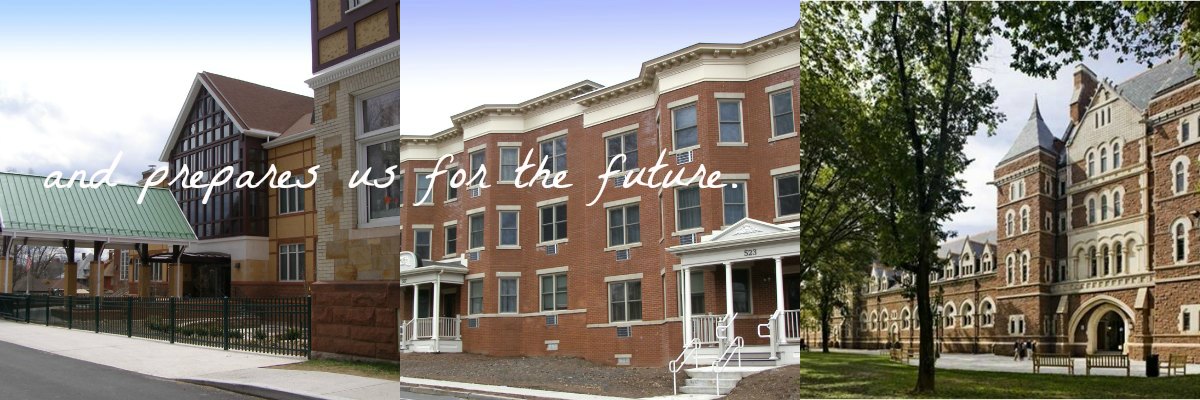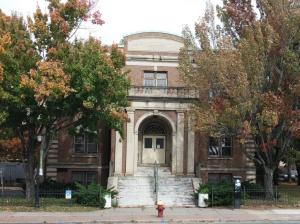Ken Gosselin’s recent Hartford Courant article on the real estate activities of Hartford Hospital (Park At Hartford Hospital To Showcase Elements of Demolished Buildings) brings a sharp focus to an important debate of historic preservation versus the needs of a corporate/community partner. The controversy surrounds the Hospital’s desire to demolish three historic buildings along Jefferson Street. Two of the three buildings are designated to be in an historic district. A discussion regarding condition of the buildings can be never ending and largely dependent on the engineer hired to opine on soundness. The Hospital is in need of expanding facilities to compete as a major urban hospital, one which serves the Hartford community well and is a major employer. To be sure we want no significant historic properties demolished.
After meeting with the Hospital team on the merits of replacing these two former residences with a contextual clinic to expand community services seem okay. This does not represent a blank check to level an entire district for the Hospital’s purpose. As stated the Hospital is aware and sensitive to the historic fabric in which it is located. In part and based on its statement that Hartford Hospital wishes to be an engaged community citizen a decision to move forward was a pragmatic one. Two caveats were made part of the discussion: 1. That deconstruction be considered rather than demolition and 2. That HPA be consulted with any further plans to fiddle with any other properties on the Hospital’s campus. In the case of the Barney Building, not designated as an historic structure, many and varied additions had been made to the building over the decades. Yes, we are sorry to learn that the core building is to be eliminated to make way for growth however reuse of iconic elements is planned.
In sum our mission at HPA to “Revitalize, Connect, Collaborate” will take on many meanings as we engage in practical methods of historic preservation in Hartford. A most important guiding principle is that historic preservation must contribute to community economic vitality. This requires us to weigh realities and make reasonable decisions. Yet, and most important, is our ability to make historic preservation understood as a means to community development and not simply an end. Too often we lose the preservation argument as we are cast as people who say no.








